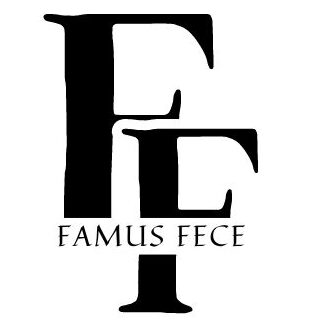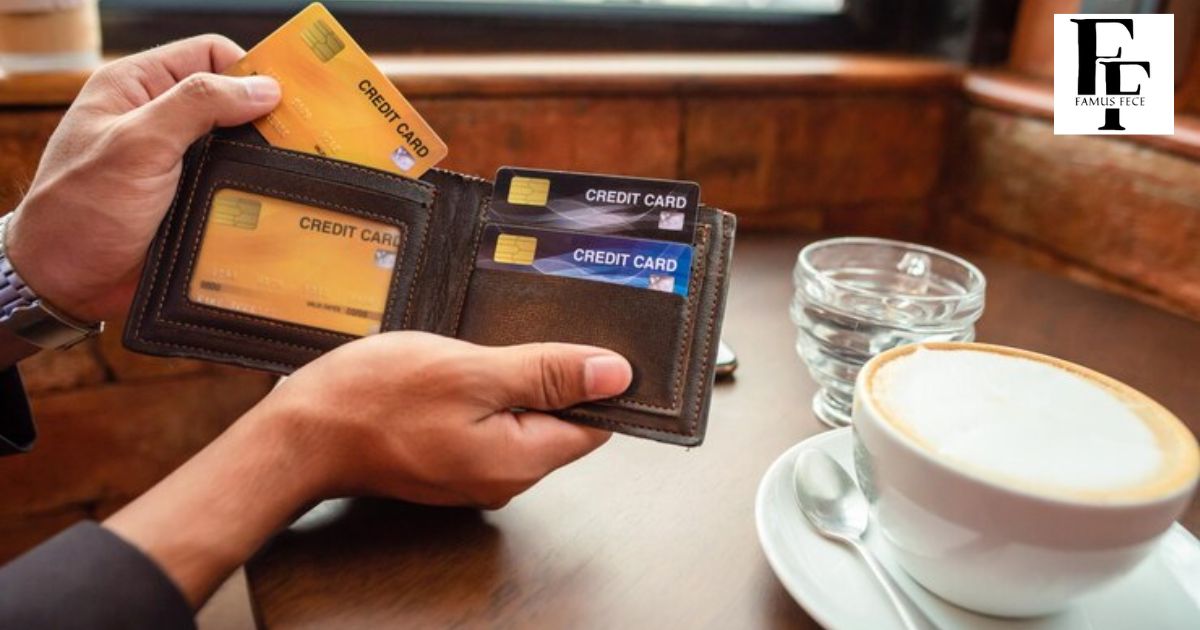Sometimes, one brings about unpleasant surprises when they check their bank account. One minute, you think everything’s okay; the next minute, you start noticing codes you can’t identify.
Many people have seen ACH-COMN-CAP-APY-F1 on their statements and have been left scratching their heads. Well, there’s no need to worry; you’ll find out exactly what’s going on with this charge and not be in the dark regarding your finances. Let’s break down the code piece by piece so your bank statements become more apparent.
Making sense of your monthly bank statement can be smooth. Occasionally the codes could be more descriptive. Have you ever seen ACH-COMN-CAP-APY-F1 in your statement and wondered what it meant?
You’re not alone in finding such cryptic financial jargon daunting. So, let’s now break this easy-to-understand guide into the meaning of this standard bank statement code. You’ll be made aware and clear of your records.
What is the COMN CAP APY F1 Autopay Charge?
If you dig further, it actually describes a type of autopayment and its processing. Breaking it down:
ACH is an Automated Clearing House, an electronic transferring process by which banks can move money from one account to another.
COMN is just shorthand for Comenity Capital Bank, which is the name of a company that offers you a credit card or a store line of credit.
CAP, signifying “capital,” and APY, which is short for “auto-pay.”
F1 is a bit of extra code that identifies a specific store or account. So, translating this to plain English, it’s an auto-pay or an automatic payment in some way to Comenity Capital Bank, like a recurring credit card bill.
When you see ACH-COMN-CAP-APY-F1 on your statement, it just tells you that an automatic payment has been withdrawn from your account, usually for a Comenity Capital Bank credit card that offers credit at certain stores. Have no fear—it is just an average banking term after you decipher all of the components that create it.
Read More About: AGI TMO Service Fee Charge On The Bank Statement
Why does this code show up on my bank statement?
What are some common reasons that particular code might appear? You could have an account with Comenity Capital Bank, say a credit card or something, and have some other automatic payments set up.
Then, you may have bought something from a store that uses Comenity financing, like Costco or Victoria’s Secret, and gotten their store credit card. In lots of cases, this charge reflects an automatic monthly payment you had set up to take care of your bill. This could very well be from some store financing that you signed up for in the past.
No Recognition of the Charge? Not to worry. Put it aside for a minute and review, in a relaxed way, any of your recent statements and bills to see if you can match things up. You could also contact your bank or Comenity Capital Bank directly to discuss this further and verify that there is nothing taking place on your accounts that you did not authorize.
You’ve Authorized Payments Through Comenity Capital Bank

This is because you already have an account with Comenity Capital Bank. During the enrollment of that particular account, you agreed to have its monthly charges taken automatically from your bank account.
Comenity is a leading provider of financing programs and works with a number of stores. Having an account with them would answer the question of why you see their code on your statement for regular bill payments.
It could be that you have used a store card
Most everyone is going to have Comenity charges due to the fact that they have applied for store-issued credit cards. Most big-box retailers offer financing through Comenity Capital Bank.
For instance, if you had shopped at something like Costco and were approved for one of their store-issued credit cards, that monthly payment would appear on your bank statement under Comenity. Using store cards is one of the prevalent ways people can connect to Comenity Capital Bank.
This is an Auto-Pay
In most instances, this code informs that an automatic payment has been processed through Comenity Capital Bank as the servicer of that payment.
Comenity is the body that oversees the recurring billing and withdrawals from accounts for the on-time payment of bills, ensuring automatic fund transfers at the end of each month. So, do not be worried about this charge; that is just what is expected in the billing process.
A Quick Overview of Comenity Capital Bank

Comenity Capital Bank Comenity Capital Bank is one of the oldest and most prominent companies in the finance services industry. They mastermind the myriad of unique store credit cards with many major retailers.
While the name on the card may be the name of the major retailer, the particular credit provided by those cards can only be used in those few specific stores. Stores partner up with Comenity to offer their unique customers flexible financing opportunities to make it easy for them to purchase from them.
You’ve already done business with some of Comenity’s programs, even if you haven’t done business with Comenity itself.
What Comenity Capital Bank Does?
Comenity Capital Bank is a very specialized lender, offering store-issued credit cards rather than general-purpose ones, which a customer could use anywhere.
Their cards will bear the logo of clothing brands, home goods sellers, or others rather than being general purpose. So customers can earn rewards and build up credit with those companies. They also accept applications and manage all the card users’ accounts.
How does it work?
Comenity negotiates deals with the retailers to offer the credit cards that are paired with each brand. Then, they make cards with that company’s name and logo. As customers work out and are approved, they can start charging their cards.
Comenity also processes payment and mail statements. This means that retailers can attract more consumers through unique benefits without handling the monetary details themselves.
What to Do If You Don’t Recognize a Charge?

- Monitor the use of your card or account by other users, such as family members, who may have made purchases without your knowledge or consent.
- Look at earlier statements carefully for charges you recognize, but that were dismissed, and check for information that might jog your memory.
- Search mail and email receipts for items that might match an unrecognized charge.
- If there is a store name the charge shows, call and give them the date and the amount so they can check your purchase.
- If those do not pan out, the best option is to call up your bank and describe this unknown charge to them. They will be obliged to investigate it for you to ensure there is no fraud.
- Ask the bank to dispute the charge and remove it from your account until it is clarified. Do not pay unauthorized charges.
- In case of those reported activities, consider changing your login or card details for extra security and to protect the future.
Can I dispute this charge?
If you do spot a charge that you don’t know and can’t really figure out what it is, you might have to dispute it. The first thing you should do is call your financial institution and let them know you have a problem.
It would help if you informed them of the amount of the charge, the date of the charge, and whatever other information you can gather. Get ready to describe your everyday spending so they can see that this is weird. You do want to speak up, for example, if somebody else somehow got it to apply for an account or to receive additional cards on your account—but without your permission.
It would be wise to have your bank aware that fraud or full-on identity theft is a possibility. They could even help by issuing new card numbers, updating your login details, and monitoring your accounts more closely.
When you dispute a charge, your bank must investigate and cannot ask you to pay until the situation has been resolved either way. A dispute is the best way to clear up an unauthorized or questionable transaction on your statement.
FAQ’s
What if I need an account with Comenity Capital Bank?
If you do not have a direct account with them, you may have used a store credit card they offer. Reach out to Comenity and inquire if you have a store card with them. You can also closely review recent statements for any charges from retailers that work with Comenity.
How long does a charge dispute take?
Once the bank is notified, a bank will contact the merchant to begin an investigation. They will need time to look at the transactions associated with your account. In general, a dispute can take 30-45 days to resolve, depending on how quickly the company responds to the request for information.
When disputing a charge, what do I need to tell my bank?
Include information such as the amount of the charge, the date the charge was posted, and, if you have it, the name of the merchant. Give information on what makes you think it is unauthorized. Also, include statements or receipts showing the transaction in question. Your bank may have some additional questions to understand the situation further.
Is Comenity Capital Bank an actual bank?
Yes, Comenity is an actual bank that has been around for decades. They mainly operate behind the scenes, but they are a legitimate company that is regulated like other banks. Most huge retailers opt to partner with Comenity for their credit card programs.
I have paid a charge. Will they still let me dispute it?
In a few cases, you can dispute the charge even after you have paid as long as it is within the timeline to dispute. Explain the situation to your bank and state that you would like to be reimbursed if a charge was found to be fraudulent or in error. But the sooner a dispute is received, the better chance of resolution.
Final Thoughts
Knowing about all the charges and codes appearing on every bank statement is very much part of being aware of exactly how much cash you have. Now you know what the code ACH-COMN-CAP-APY-F1 represents and how it is linked to payments being made through Comenity Capital Bank, a lot of the remaining grey area has been cleared up.
With the information you collected above, you will be much more in control of the situation when you read your statements every month.
It can be daunting trying to decipher bank abbreviation codes if you have never tried them before, but it is time well spent if you can spend a few minutes getting to know standard abbreviations like this.
There is never any harm in picking up the phone and calling directly with your questions in case you are still looking for a good answer for one thing or another. Good communication and keeping track of your accounts on a regular basis will help you identify and solve any problems as soon as possible. This has shed light on an unfamiliar term and gives you the strength to continue your way of managing your finances independently.

Experienced website administrator Specializing in general topics. Skilled in managing content, Optimizing User Experience, and ensuring site functionality. Dedicated to Delivering Quality and Engaging online experiences for Visitors.












